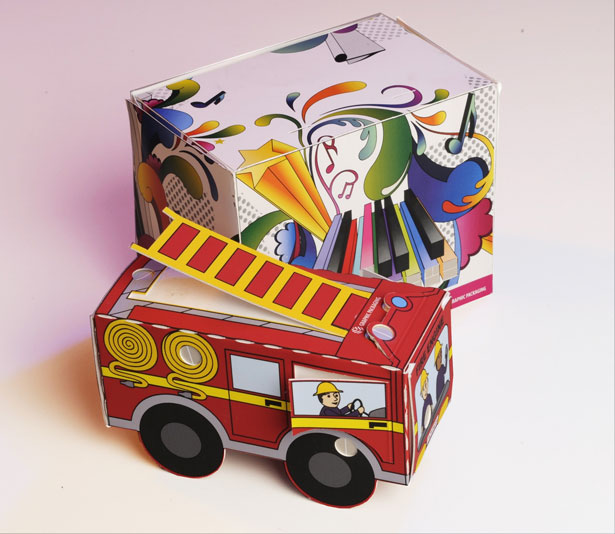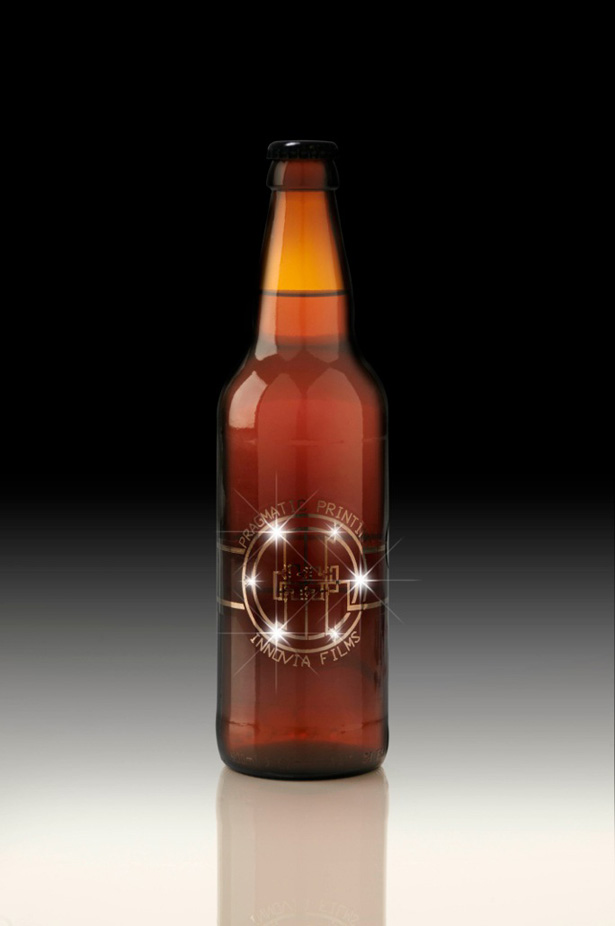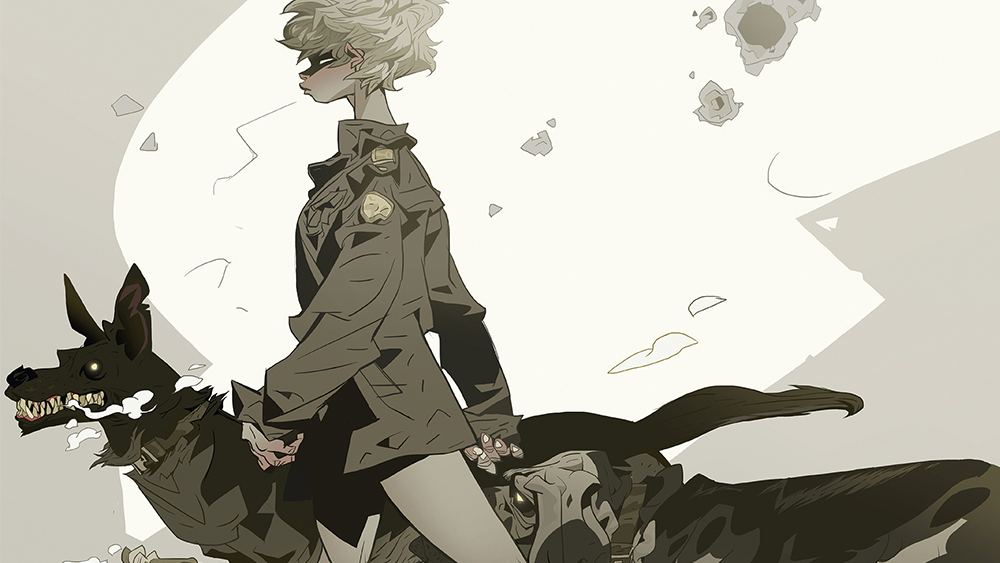Printed electronics: the future at your fingertips
Imagine a magazine cover whose ink forms new patterns under your touch, a bus stop poster with a Facebook ‘Like’ button, or a gig flyer that uses NFC to stream the band’s latest single to your phone. Thanks to printed electronics, these are all becoming a reality.
The ever-evolving field of ‘printed electronics’ includes several technologies, but the sector most interesting to designers is where conductive inks containing silver or carbon are used to incorporate circuitry into paper or other thin, flexible materials. When combined with tiny (around 2mm wide) batteries and other miniaturised components, these make printed products interactive in a seamless way that’s light years ahead of the traditionally bulky and breakage-prone electronics found in your average singing greetings card.
“Printed electronics have an advantage in terms of robustness as the components are fundamentally flexible, so they withstand handling more than conventional electronics,” says Scott White, CEO of Cambridge firm PragmatIC Printing, who have created logic circuits that are almost completely transparent.

High-volume printing
Novalia, also based in Cambridge, develops intellectual property for printed electronics that can be used with standard flexographic or offset litho processes. “We’re looking at making things with high-volume printing processes that are available everywhere, rather than with a special machine in a clean room,” explains company director Kate Stone.
For Stone, combining the technology with conventional reprographics is down to finding a printer with the right attitude. “There’s nothing they do that’s out of the ordinary in terms of equipment; it’s more that it takes some time and effort to develop a workflow that works for this and get it right.”

Paper, ink and LEDs
Similarly, although paper companies have jumped on board to develop products that work well with the conductive inks – ArjoWiggins launched one named Powercoat in December 2012 – Stone explains that Novalia has been focusing upon making the technology suitable for everyday paper types: “There are certain papers that we know will work well, but it’s not like a special type that only grows on the moon,” she says. “We’ve done trials with combinations of paper, ink and press to find out what works, and we try to keep everything as normal as possible.”
Both Stone and White see great potential for designers to put printed electronics to inventive new uses in marketing and point-of-sale materials. “One thing we’re seen interest in is for promotional inserts,” says White, “where the product manufacturers want to engage with the consumers, so they draw them in by getting them to answer certain questions, and then targeting products to them.”
Stone adds, “You could walk into a store and touch something on a poster, and that would connect to an app in your phone and the store would know who you are.” She sees the NFC and Bluetooth capabilities of today’s smartphones as an obvious route for taking magazines, adverts and packaging online. “I’m really excited about print being connected to the internet in a totally natural way that you just use,” she says. “I’d like iPad-like interactivity on pieces of print in a way that people will just forget that you couldn’t do before.”
Designer friendly
Unlike 3D printing, printed electronics is not yet at the stage where freelance designers can access the technology without the backing of a company such as Hallmark, with whom Novalia and PragmatIC have both collaborated. But Stone is excited about what will emerge once more designers have the chance to get creative with it. “We get inspired by a lot of agencies who we meet,” she says. “What we’re trying to do is create a platform of ink and electronics that designers can design with and printers can print with.”
In the meantime, the technology keeps evolving: touch switches are already taken care of and other input types such as temperature and moisture sensors are improving. Electrochromic inks and LEDs could make attention-grabbing magazine covers that respond to being picked up, although OLEDS (LEDs using organic compounds) are still currently better suited to glass screens than flexible surfaces. And as White explains, the circuits’ computing power is rapidly progressing from present-day timed sequences of actions or simple decision logic to ever more sophisticated levels. “Calculation will be here within the next year or two,” he predicts, adding a further, tantalising prospect: “A full microprocessor will be on the horizon in three to four years.”
To see some early examples of printed electronics in action, watch the YouTube videos below:

The Creative Bloq team is made up of a group of art and design enthusiasts, and has changed and evolved since Creative Bloq began back in 2012. The current website team consists of eight full-time members of staff: Editor Georgia Coggan, Deputy Editor Rosie Hilder, Ecommerce Editor Beren Neale, Senior News Editor Daniel Piper, Editor, Digital Art and 3D Ian Dean, Tech Reviews Editor Erlingur Einarsson, Ecommerce Writer Beth Nicholls and Staff Writer Natalie Fear, as well as a roster of freelancers from around the world. The ImagineFX magazine team also pitch in, ensuring that content from leading digital art publication ImagineFX is represented on Creative Bloq.
